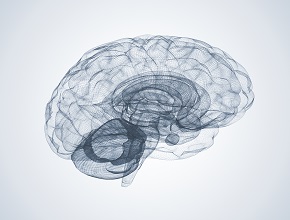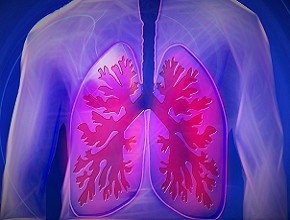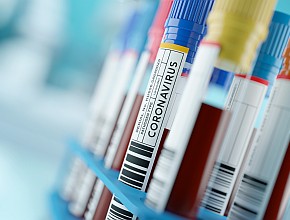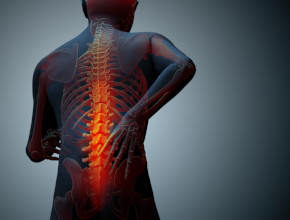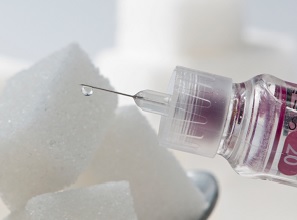Minimum criteria for the clinical diagnosis of brain death. An attempt at consensus. Part 1
The concepts of brain death or death by neurologic criteria (BD/DNC) were first proposed about 50 years ago. As the existing diagnostic criteria for BD/DNC differ across geographic areas, a consensus statement was developed by a multidisciplinary group of critical care, neurologic, and neurosurgical clinicians to harmonize the definition of BD/DNC.
While acknowledging lack of high-quality evidence, this document follows the GRADE (Grading of Recommendations Assessment, Development, and Evaluation) methodology concepts and provides a distinction between strong recommendations ![]() , which according to the authors should be followed unless there is a compelling reason not to, and weak suggestions
, which according to the authors should be followed unless there is a compelling reason not to, and weak suggestions ![]() , where alternative courses of action may easily differ depending on patients, societal values, and available resources.
, where alternative courses of action may easily differ depending on patients, societal values, and available resources.
This is Part 1 of the recommendations. For Part 2, click here.
Selected clinical prerequisites, recommendations, and suggestions
1. It is recommended ![]() that the BD/DNC be defined as the complete and permanent loss of brain function defined by an unresponsive coma with loss of capacity for consciousness, brainstem reflexes, and the ability to breathe independently.
that the BD/DNC be defined as the complete and permanent loss of brain function defined by an unresponsive coma with loss of capacity for consciousness, brainstem reflexes, and the ability to breathe independently.
2. It is recommended ![]() that the patient have an established neurologic diagnosis, the nature and severity of which is capable of resulting in the irreversible loss of the capacity for consciousness, irreversible loss of all brainstem reflexes, and irreversible loss of ability to breathe spontaneously in the face of a respiratory acidosis (hypoventilation) challenge.
that the patient have an established neurologic diagnosis, the nature and severity of which is capable of resulting in the irreversible loss of the capacity for consciousness, irreversible loss of all brainstem reflexes, and irreversible loss of ability to breathe spontaneously in the face of a respiratory acidosis (hypoventilation) challenge.
Note: It is suggested ![]() that prior to making a determination of BD/DNC there be neuroimaging evidence of intracranial hypertension (severe cerebral edema and herniation) or intracranial pressure measurements that equal or exceed the mean arterial pressure. It is also suggested
that prior to making a determination of BD/DNC there be neuroimaging evidence of intracranial hypertension (severe cerebral edema and herniation) or intracranial pressure measurements that equal or exceed the mean arterial pressure. It is also suggested ![]() that in the absence of herniation on neuroimaging, caution be taken when considering an evaluation for BD/DNC and that the assessment of BD/DNC be performed by 2 examiners (except the apnea test).
that in the absence of herniation on neuroimaging, caution be taken when considering an evaluation for BD/DNC and that the assessment of BD/DNC be performed by 2 examiners (except the apnea test).
3. It is recommended ![]() that an adequate observation period take place prior to clinical testing for BD/DNC (a minimum of 24 hours for anoxic brain injury after resuscitated cardiac arrest; the minimum observation time in other situations is unclear).
that an adequate observation period take place prior to clinical testing for BD/DNC (a minimum of 24 hours for anoxic brain injury after resuscitated cardiac arrest; the minimum observation time in other situations is unclear).
4. It is recommended ![]() that confounding factors be eliminated before considering a diagnosis of BD/DNC, that is:
that confounding factors be eliminated before considering a diagnosis of BD/DNC, that is:
- Pharmacologic paralysis be excluded by a train-of-four stimulator (stimulation of peripheral nerves by electrical impulses, normally leading to muscular contraction; the response to nerve stimulation is abolished by pharmacologic neuromuscular blockade) or, if not available, through the presence of deep tendon reflexes.
- A toxicology screen be performed if there is any concern about the presence of toxic or sedating substances.
- The influence of central nervous system toxins be excluded, taking into account ≥5 elimination half-lives and the potential prolongation of such time, especially in the presence of liver or renal dysfunction.
- Ancillary tests be performed if the above is not possible (see Part 2, published November 9).
5. Clinical tests universally include the (lack of) pupillary, corneal, oculocephalic, and oculovestibular reflexes; motor response of limbs and face; and gag and cough reflexes.
6. It is recommended ![]() that the confirmation of the inability to breathe independently (apnea test) be conducted under specific circumstances and conditions (see Table 1).
that the confirmation of the inability to breathe independently (apnea test) be conducted under specific circumstances and conditions (see Table 1).
| Table 1. Apnea testing | |
|---|---|
| Recommendation: Perform apnea testing after the rest of the clinical evaluation is completed and found to be consistent with BD/DNC. | |
| Recommendation: Perform apnea testing if there is no spontaneous respiration in a normocarbic state. | |
| Recommendation: Perform apnea testing if there is no high cervical spinal cord injury. | |
| Suggestion: That the starting point for apnea testing be SBP ≥100 mm Hg or MAP ≥60 mm Hg; temperature ≥36 degrees Celsius; preoxygenation with 100% O2 for ≥10 minutes; and normocarbia (PaCO2 35-45 mm Hg). | |
| Suggestion: Application of CPAP/PEEP is allowed (but not required). | |
| Suggestion: Oxygen may be delivered by a tracheal cannula if a ventilator is not used. | |
| Suggestion: That target values of the tests include a rise in PaCO2 to ≥60 mm Hg (or an elevation ≥20 mm Hg if there is preexisting hypercapnia) and a drop of pH to <7.30. | |
| Recommendation: Interrupt the test if it is not possible to maintain oxygenation (ie, there is sustained oxygen desaturation <85%) or blood pressure or if an unstable arrhythmia occurs. | |
| Recommendation: That the tests last 10 minutes, unless point-of-care testing is available and dictates the test duration, in which case the measurements are to be performed every 2 to 3 minutes past the 10-minute time point. | |
| Suggestion: That apnea testing be guided by arterial PaCO2 rather than by noninvasive capnography. | |
| BD/DNC, brain death/death by neurologic criteria; CPAP, continuous positive airway pressure; MAP, mean arterial pressure; PaCO2, partial pressure of carbon dioxide in arterial blood; PEEP, positive end-expiratory pressure; SBP, systolic blood pressure. | |
 English
English
 Español
Español
 українська
українська

